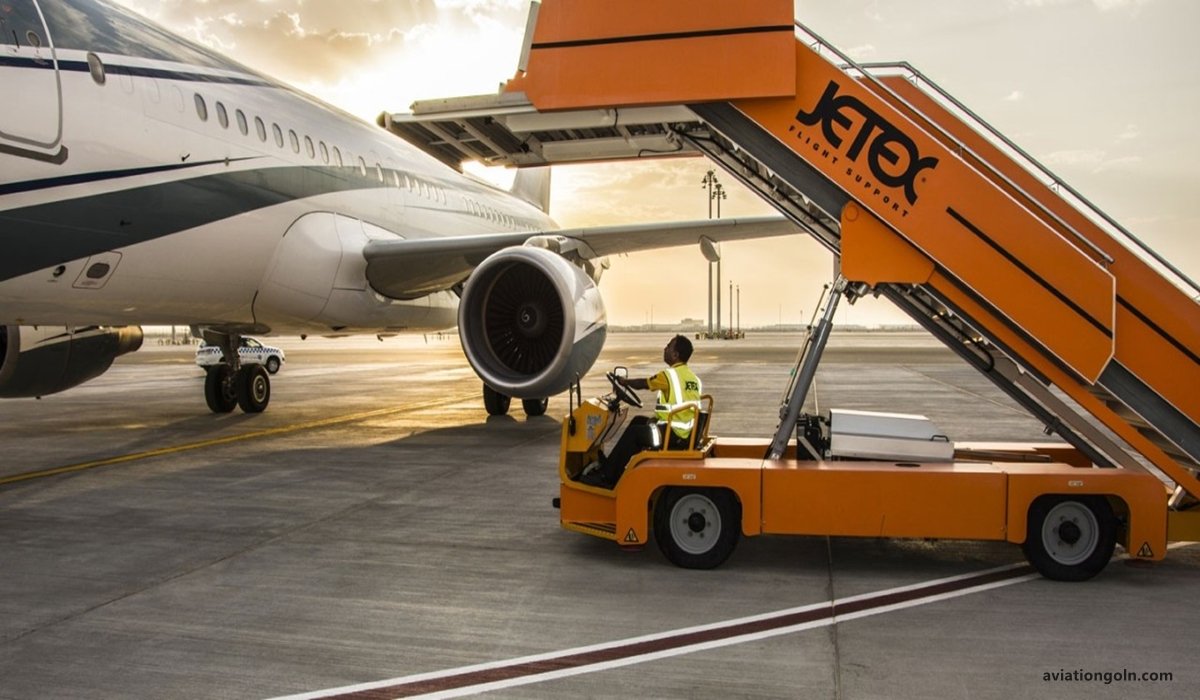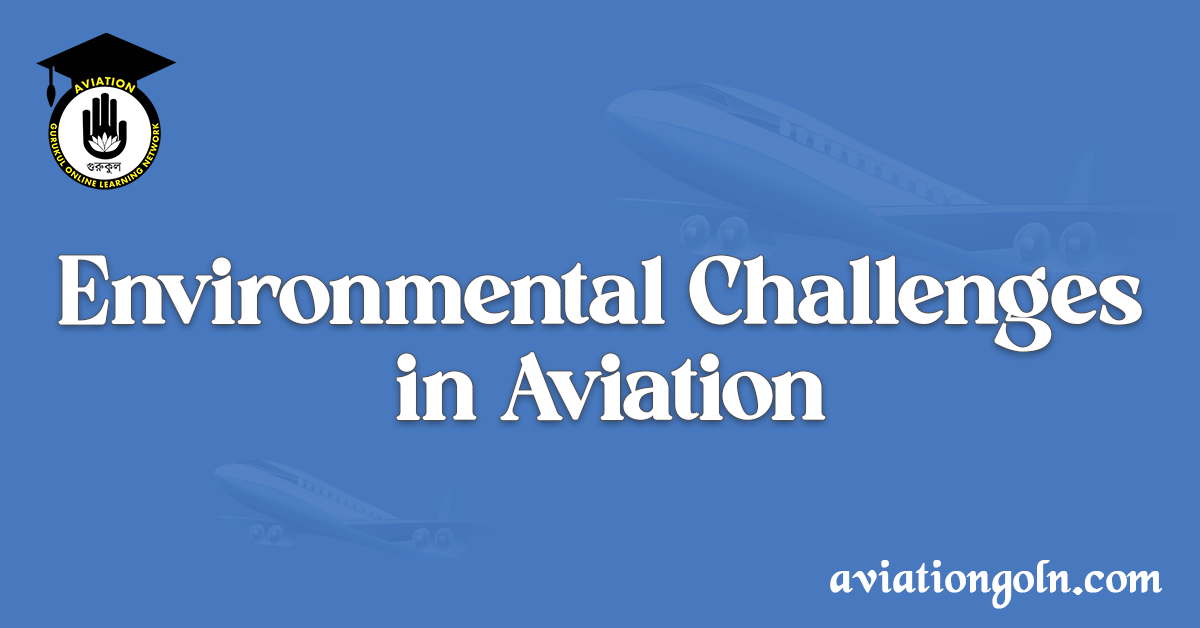Environmental Challenges in Aviation: The aviation industry has long been heralded as the epitome of human achievement, bridging vast distances, connecting cultures, and enabling global business. However, as concerns about the environment become more pressing, the negative impacts of aviation on the environment are being critically assessed. This article aims to explore these impacts, focusing on the environmental challenges faced by the industry and the moves towards sustainable airline operations.
Environmental Challenges in Aviation: Environmental Impact and Sustainability in Airline Operations

1. The Environmental Footprint of Aviation
a) Carbon Emissions
Aviation is responsible for approximately 2-3% of global carbon dioxide (CO2) emissions. While this might seem relatively small when compared to sectors like energy production or agriculture, the overall impact is significant due to the nature of these emissions. When aircraft release CO2 at high altitudes, it has a different environmental effect compared to emissions at ground level, magnifying the global warming potential.
b) Non-CO2 Impacts
Apart from carbon emissions, aircraft also release nitrogen oxides (NOx), water vapor, sulfates, and soot. NOx emissions contribute to the formation of ozone, a greenhouse gas when produced at cruising altitudes. Contrails, the streaks of cloud formed by water vapor in aircraft engine exhaust, can evolve into cirrus clouds, which have a warming effect on the planet.
2. Noise Pollution
Airports situated close to urban areas are sources of noise pollution, disturbing wildlife and affecting human health. Over time, exposure to elevated noise levels has been linked to cardiovascular diseases, sleep disturbances, and cognitive impairment in children.
3. Resource Consumption and Waste Production
The aviation industry consumes vast amounts of resources, both in aircraft production and operations. From the aluminum and titanium used in aircraft structures to the immense water consumption for various airport operations, resource optimization is crucial. Moreover, in-flight services produce significant waste, including single-use plastics and non-biodegradable materials.

4. Addressing the Challenges: Towards Sustainable Airline Operations
a) Advancements in Aircraft Technology
Modern aircraft are becoming increasingly fuel-efficient. The development and deployment of new, more efficient engines, aerodynamic improvements, and lightweight materials all contribute to reduced fuel consumption and, therefore, reduced emissions.
b) Sustainable Aviation Fuels (SAFs)
One of the most promising developments in aviation sustainability is the rise of SAFs. Derived from sustainable feedstocks, these fuels can significantly reduce the carbon footprint of aviation, with some blends offering up to 80% lower emissions than conventional jet fuel.
c) Operational Efficiency
Airlines and air traffic management are constantly working to optimize flight paths, reduce taxiing times, and improve overall operational efficiency. By refining these operational aspects, airlines can cut down on unnecessary fuel consumption.
d) Carbon Offsetting
While not a solution in itself, carbon offsetting allows airlines to invest in environmental projects that reduce or capture an equivalent amount of CO2 as they emit. This can act as a temporary measure while more permanent solutions are being developed and deployed.

e) Reducing Noise Pollution
The introduction of quieter engines, optimized flight paths to reduce overflying populated areas, and sound barriers at airports are some of the steps being taken to address noise pollution.
f) Waste Management and Reduction
Airlines are beginning to reconsider their in-flight services, reducing single-use plastics, introducing biodegradable materials, and enhancing recycling programs. Some airlines have started to use digital solutions for in-flight entertainment, reducing the need for physical magazines and papers.
g) Rethinking the Future of Aviation
While it’s essential to address the current challenges, it’s equally important to envisage a sustainable future for aviation. This might involve the integration of electric or hybrid aircraft for short-haul flights, the utilization of vertical takeoff and landing (VTOL) aircraft in urban areas to alleviate airport congestion, and an increased focus on high-speed rail where feasible.

The environmental challenges facing the aviation industry are daunting but not insurmountable. With the combined efforts of airlines, governments, industry stakeholders, and passengers, sustainable airline operations are attainable. Addressing the environmental impacts of aviation is not just about preserving the planet for future generations; it’s also about ensuring the continued viability and relevance of the aviation industry in a rapidly changing world. Through technological advancements, operational changes, and a shared commitment to a sustainable future, aviation can continue to connect the world without costing the earth.
